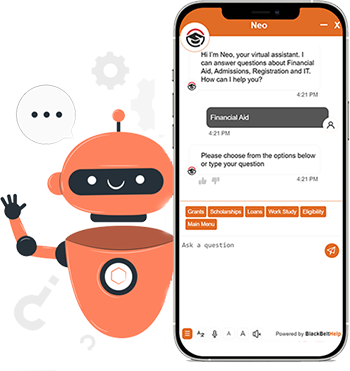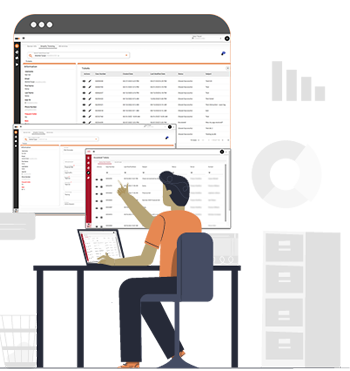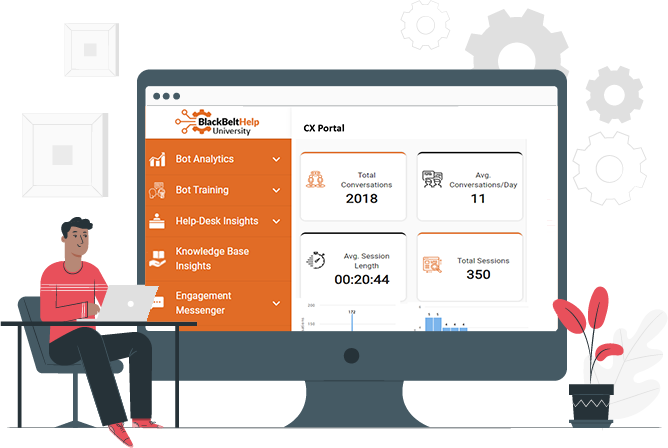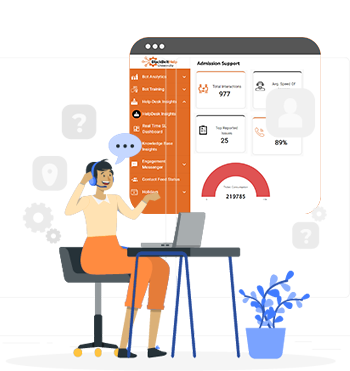3 Common IT Helpdesk Support Challenges
A robust IT helpdesk support framework is critical for the smooth functioning of various processes at an organization – the users expect immediate response and resolution when they call the help desk with issues or requests. That’s why institutions make all the efforts possible to keep their IT help desk up and running. Despite the constant efforts, keeping an IT help desk or IT service desk running smoothly can be a constant challenge. Institutions might have to struggle with issues like outdated tools and processes, making life difficult for the end-users as well as the IT help desk staff.
While your IT help desk might be struggling to keep pace with the growing expectations of your end-users or the rising standards of the industry, modern IT service management (ITSM) technology can help. Integrated ITSM platforms provide advanced IT Infrastructure Library (ITIL) capabilities like incident management, problem management which improve your IT help desk services levels as well as its productivity.
Three common IT helpdesk support challenges that ITSM can resolve are:
Too many phone calls:
While taking calls is what the help desk is for, too many calls for issues that can be resolved by the end-users themselves overwhelm the help desk staff. This results in the important resources’ time being wasted in addressing tier-1 level support issues. To address this, you can use ITSM to create an easy-to-use self help knowledge base portal like BlackBeltHelp’s Lexicon which enables the end-users to solve their tier-1 level issues themselves. Automation can also come in handy in resolving this challenge. For example, you can automate password reset process since about 40-50% of help desk support requests are for password resets.
Repetitive, time-consuming tasks:
Hundreds of your different customers have asked you the same questions at different times and your support agents have given the same answers. What if you published these answers in a knowledge base that your customers could surf and find answers to their questions from? It would help them find quick answers and save your agents’ valuable time, don’t you think?
You could also adopt business or robotic process automation at your organization. RPA/BPA delivers a real customer service center benefit by empowering the service agent to integrate data into fields across all associated systems with only one entry. This benefit disposes of two of the biggest complaints heard from contact center customers, “Why are you asking for that information again? I already provided it” and “Don’t you keep notes in your system?”.
Lack of documented procedures:
Having a laissez-faire approach to the help desk hasn’t ever done it any good. If the number of interactions and scope of support have grown since you started, you are more likely to feel the repercussions of letting your help desk staff do whatever they desire. If they don’t have documented standard operating procedures to abide by, you are bound to experience inconsistency in the service levels.
In the absence of documented procedures, one agent might be working the whole time while another may be sitting idle because the former is more knowledgeable and delivers better service and gets more calls as a result. It may also mean that you don’t have a proper structure in place to handle tickets and escalations.
With a good knowledge base for your helpdesk staff, you can streamline the operational procedures at your organization. The integration of the same knowledge base with a self-service portal can be instrumental in deflecting the majority of the help desk tickets.
Listed above are three common IT help desk challenges and how you can address them. Tell us about a few of your own in the comments below.









